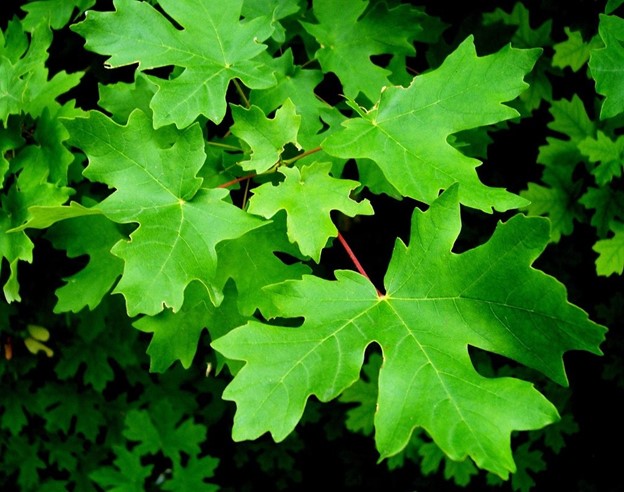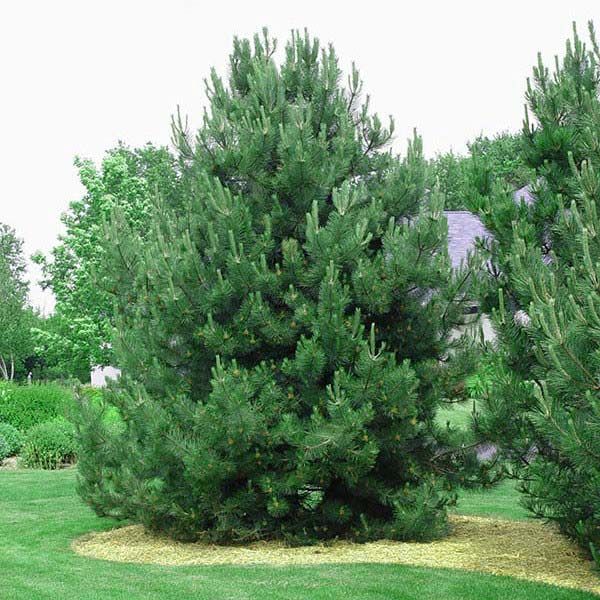Got Ash? Think Plant Diversity!
- 2023-09-04
- By mkirk
- Posted in Horticulture, The Garden Buzz
By Judy Cale, Colorado Master Gardener
Emerald Ash Borer was recently detected in Littleton, and homeowners with one or more ash trees will need to decide whether to remove the trees or keep them and treat them.
The decision whether to treat the ash tree depends on many factors including the current size of the tree and/or tree health. If the ash tree shows symptoms of advanced levels of emerald ash borer infestation beyond 30%, the homeowner may choose to remove the tree and plant a replacement. If a large shade tree is desired, look at American Elm, Bur Oak, Western Catalpa, or Horse Chestnut as a suitable replacement. Perhaps a smaller tree or something ornamental is in order. Either way, one can choose to shadow plant. What is shadow planting? Keep the current ash in place and plant another tree nearby that will eventually take its place. It is best to choose a location that is outside the root zone of the existing ash tree.

Consider adding a variety of tree species rather than a monoculture of the same species when shadow planting. Tree diversity makes for a healthier landscape by increased pest and disease resistance and improving wildlife habitat. A smaller ornamental tree could create a focal point, or a conifer could block an unsightly view. Landscape elements to consider include the amount of available sunlight, soil conditions, water availability, attracting pollinators and/or birds and, of course, personal preferences and HOA requirements.
Here are a few suggestions to get you started:

An Ornamental Tree
Consider the Princess Kay plum, Prunus nigra. This may be a good option for several reasons. In 2000, it was selected as a Plant Select tree and has been researched through Colorado State University and endorsed for our Colorado climate, soil, altitude, and other growing conditions. It needs a moderate amount of water. It is a relatively small tree, growing to about 15-20 feet in height and 12-15 feet wide and needs a moderate amount of water. What makes Princess Kay plum tree an ornamental are its double-white flowers, leaves that may turn orange and red in the fall, and dark brown to black bark. Its fragrant flowers are pollinator friendly too. Since this tree has double flowers, it is less likely to produce fruit. Possible pests and diseases include branch cankers, black knot and plum pockets.

A Smaller Shade Tree
Give thought to the Bigtooth maple/Wasatch maple, Acer grandidentatum for the following reasons. It is a smaller shade tree that is native to Colorado. Average height is 25-35 feet tall and 15 feet wide and can be planted near overhead power lines. It grows well in our alkaline Colorado soils. Once established, it only requires about 16-30 inches of precipitation. It is hardy to -25 degrees which means it is adaptable to our coldest winter temperatures. In the fall, the leaves turn various shades of yellow to orange to red. Additionally, this tree has no significant insect problems.

A Conifer
Take into consideration the Austrian pine, Pinus nigra. This tree grows to about 50 feet in height and spreads to about 40 feet, so it needs more space. Its dark green needles grow from 3-6 inches long. It is hardy and adapts well to our Colorado soils, and it does not like wet or soggy soils. The pine cones are 2-3 inches long. The seeds feed a variety of birds and small mammals, and the tree provides them shelter too. Here in Colorado, the Austrian pine is fairly insect and disease free.
The three trees above are only suggestions. They were selected for this article because of their adaptability to the Front Range of Colorado, how they might attract pollinators and birds, and their resistance to disease and pests. There are so many other tree varieties that may be a better fit for a homeowner and their property. For more information on these trees and others, see the following resources:
Native Trees for Colorado Landscapes – 7.421 – Extension (colostate.edu)
Horticulture Resources
- Garden Buzz Archives
- CSU Extension Resources
- Colorado Master Gardener Program
- Foothills to Plains Native Plant Master Program
- Native Bee Watch Community Science Program
- The Co-Hort Blog
- PlantTalk Colorado
- Soil Testing
- Plant Select
- Emerald Ash Borer
- Japanese Beetle
- Colorado State Forest Service
- Ask an Expert


